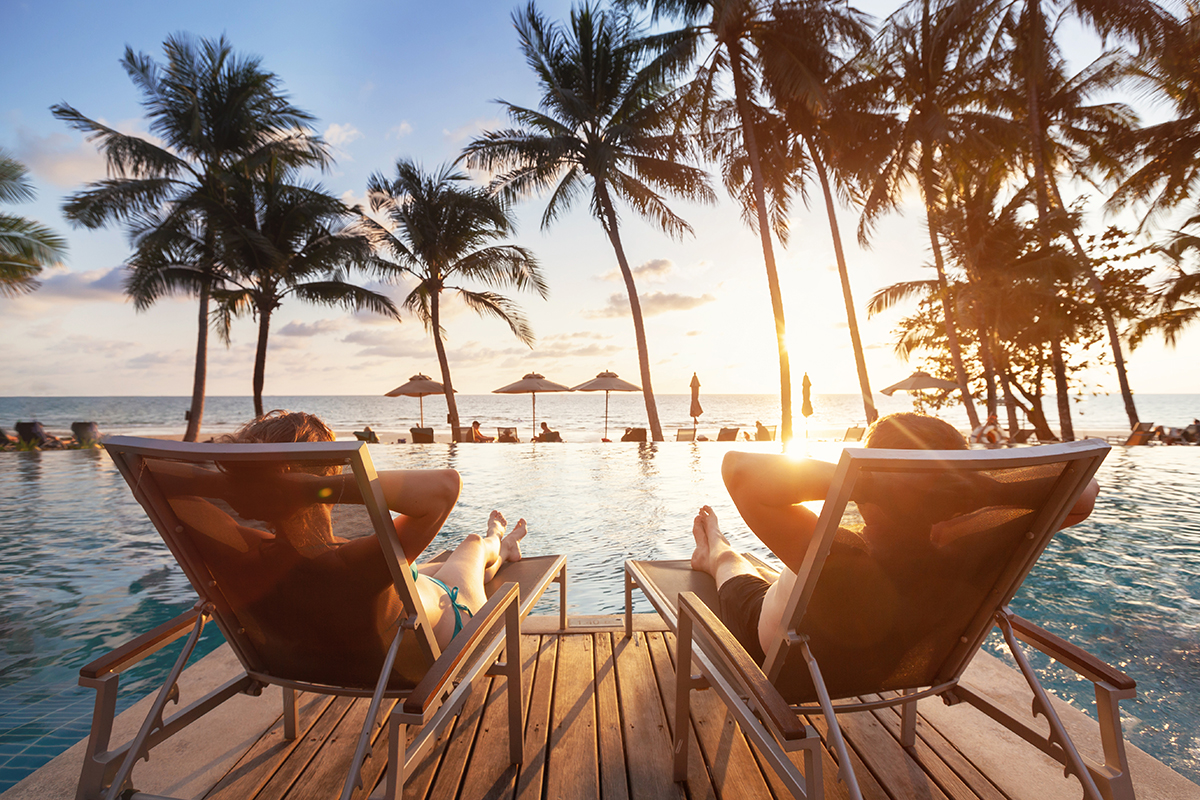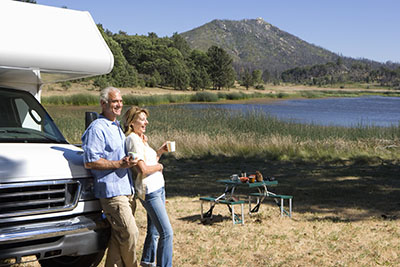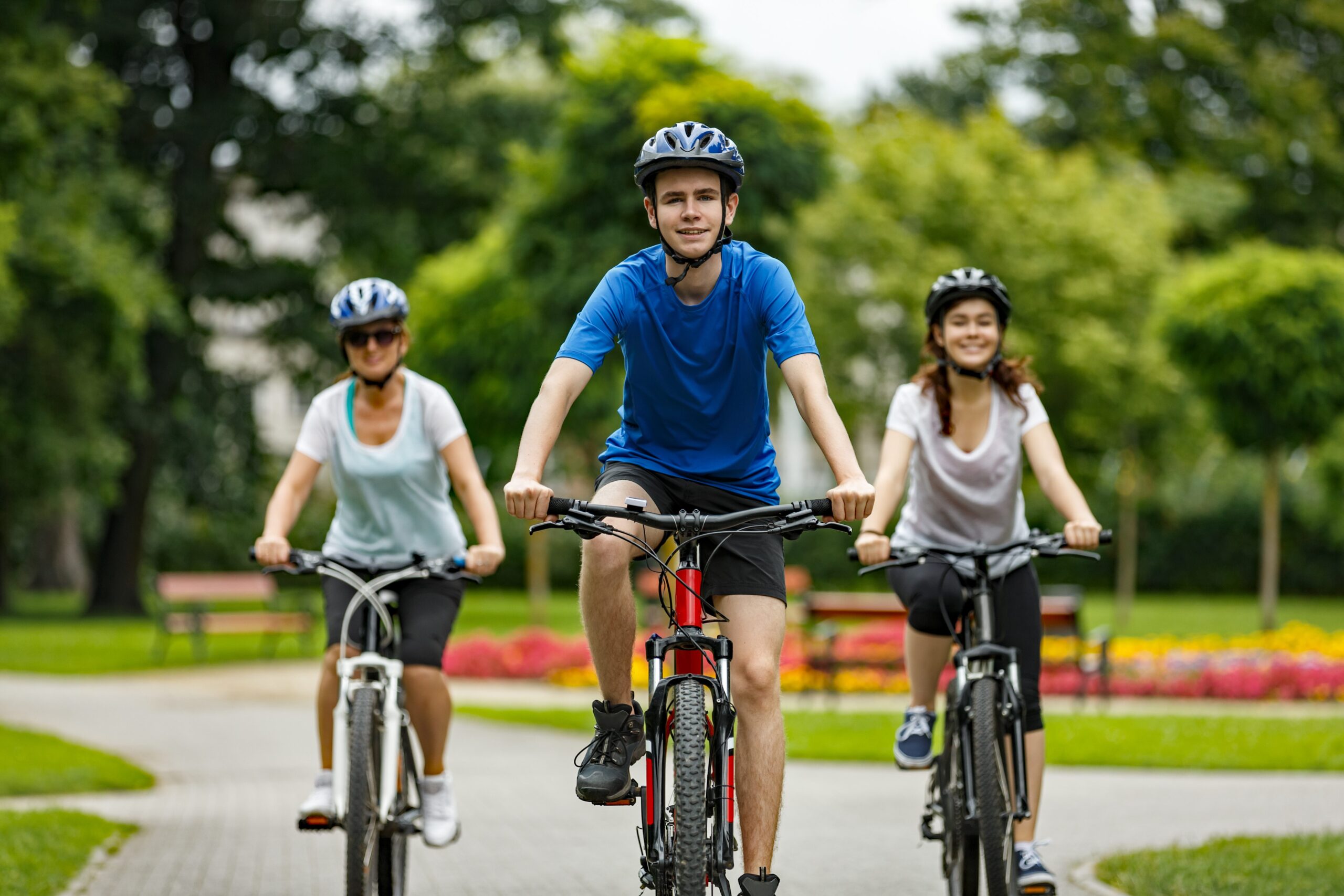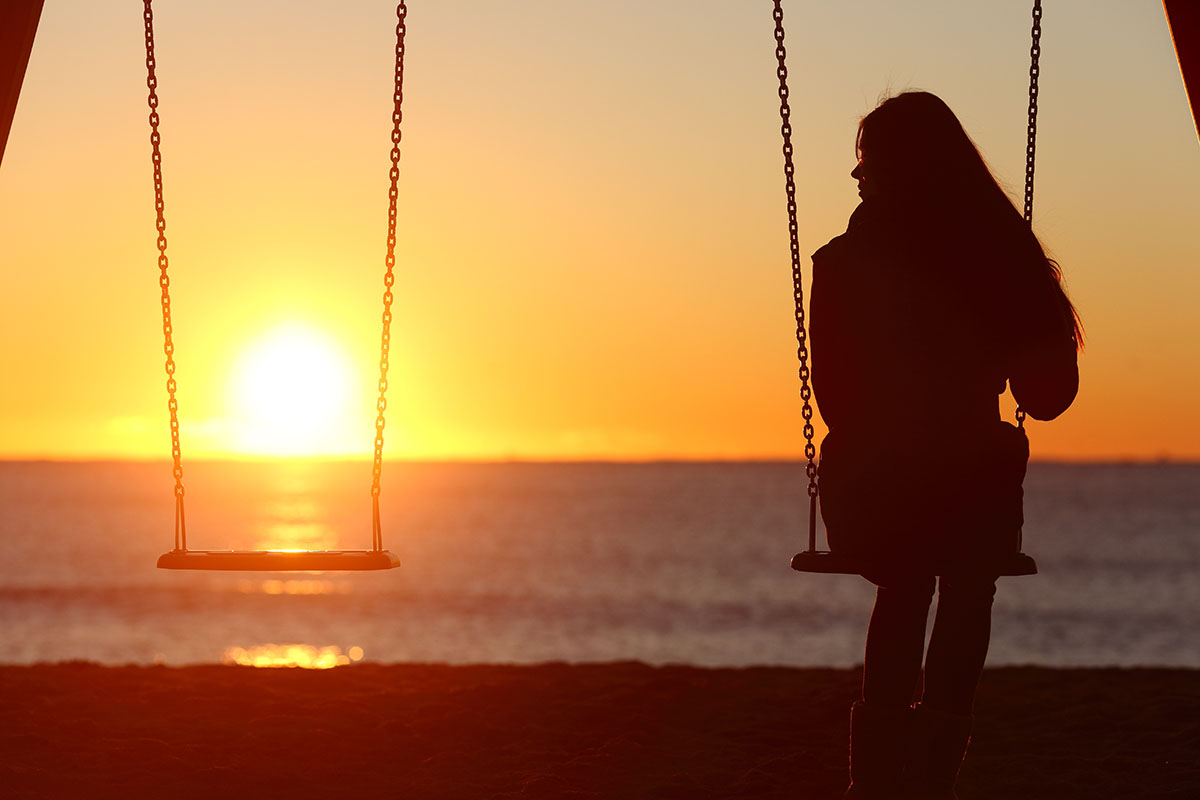Summer reading isn’t just for students! You might be amazed by both how beneficial reading can be for you and how much you will enjoy this economical form of old-school entertainment.
Many of us have used this past year to re-evaluate what is important and leave behind some of the things we realized wasted our time and energy. If you haven’t done so in a while, try picking up a book! Want to “travel” without spending any money? Check out a novel with a remote setting or a travel magazine! Want to learn more about historical events that interest you? Historical fiction or nonfiction can show you what it was like to be part of a significant period of the past.
Still think reading is just for kids? According to Psychology Today, reading improves our brain power at any age. “Readers develop thicker cortices . . . which provide extra cognitive reserves and better withstand neurological injuries and damage. Reading a lot may even help to slow the onset of dementia” (Psychology Today “Does Reading Matter?”)
Studies cited in the US National Library of Medicine show that as a subject’s reading ability matures, the circuits and signals in the brain grow stronger and more sophisticated. “Reading stories not only strengthens language processing regions but also affects the individual through embodied semantics in sensorimotor regions” (US National Library of Medicine).
Reading fiction can improve mental health by increasing our ability to empathize with others and improve social skills (Psychology Today “Can Reading Books Improve Your Mental Health?”)
Other benefits from reading can include increased vocabulary and comprehension, lower blood pressure and heart rate, reduced stress, decreased depression symptoms, and increased sleep readiness (Healthline).
Unfortunately, these benefits cannot be gained by reading social media posts no matter how long you look at such text, though electronic delivery methods for extended novels (Kindle, ebooks, etc.) seem to bring the same results as their old-fashioned paper counterparts.
One last reason to read is modeling. Kids notice how their parents and grandparents spend their time and what they value at every age. Once they see you reading, they too will be that much more inclined to develop into readers themselves.
Newspapers and websites are full of recommendations these days, and your local bookstore clerk or librarian will also be sure to have some great ideas.
Psychology Today "Can Reading Books Improve Your Mental Health?"










